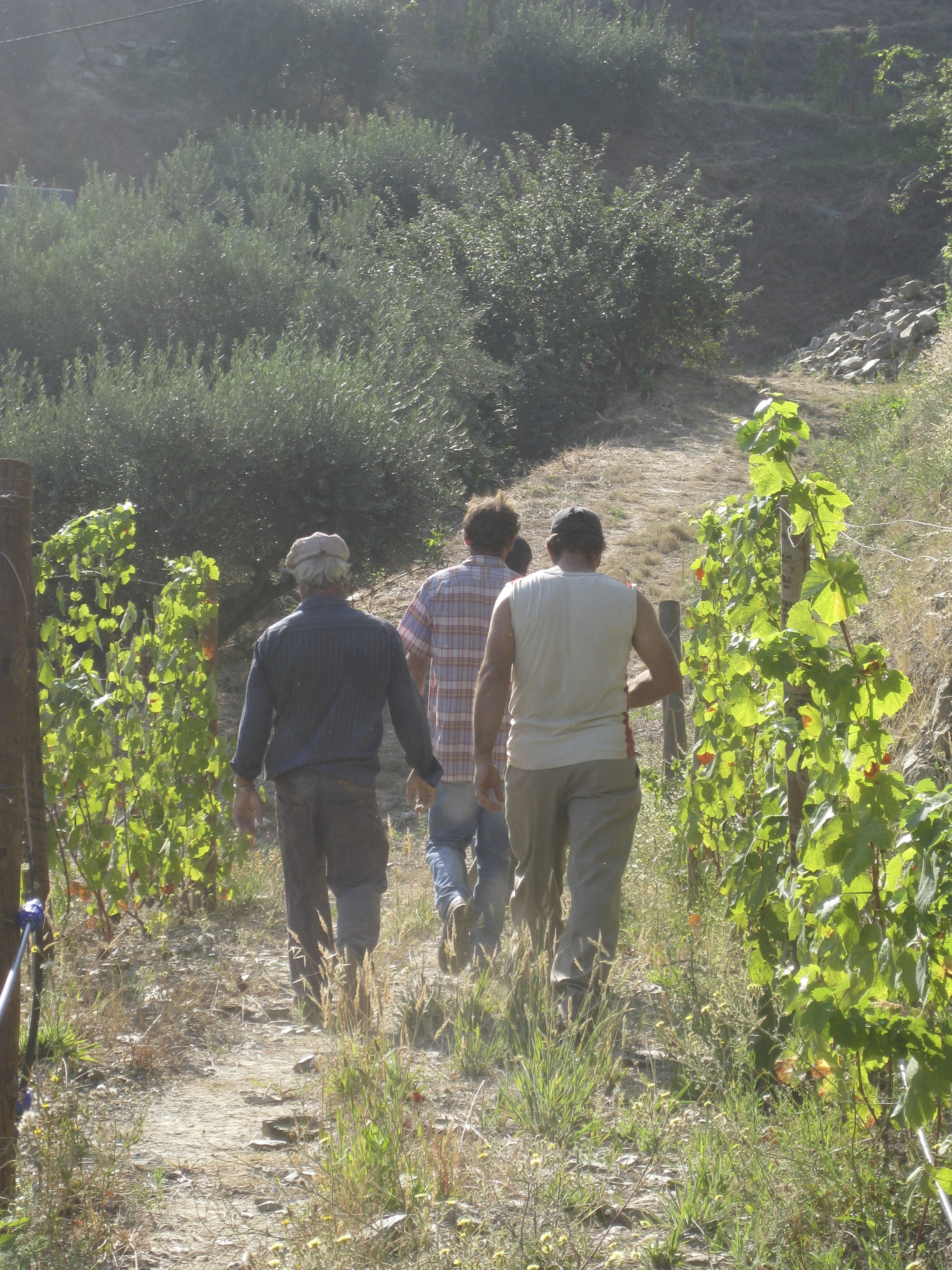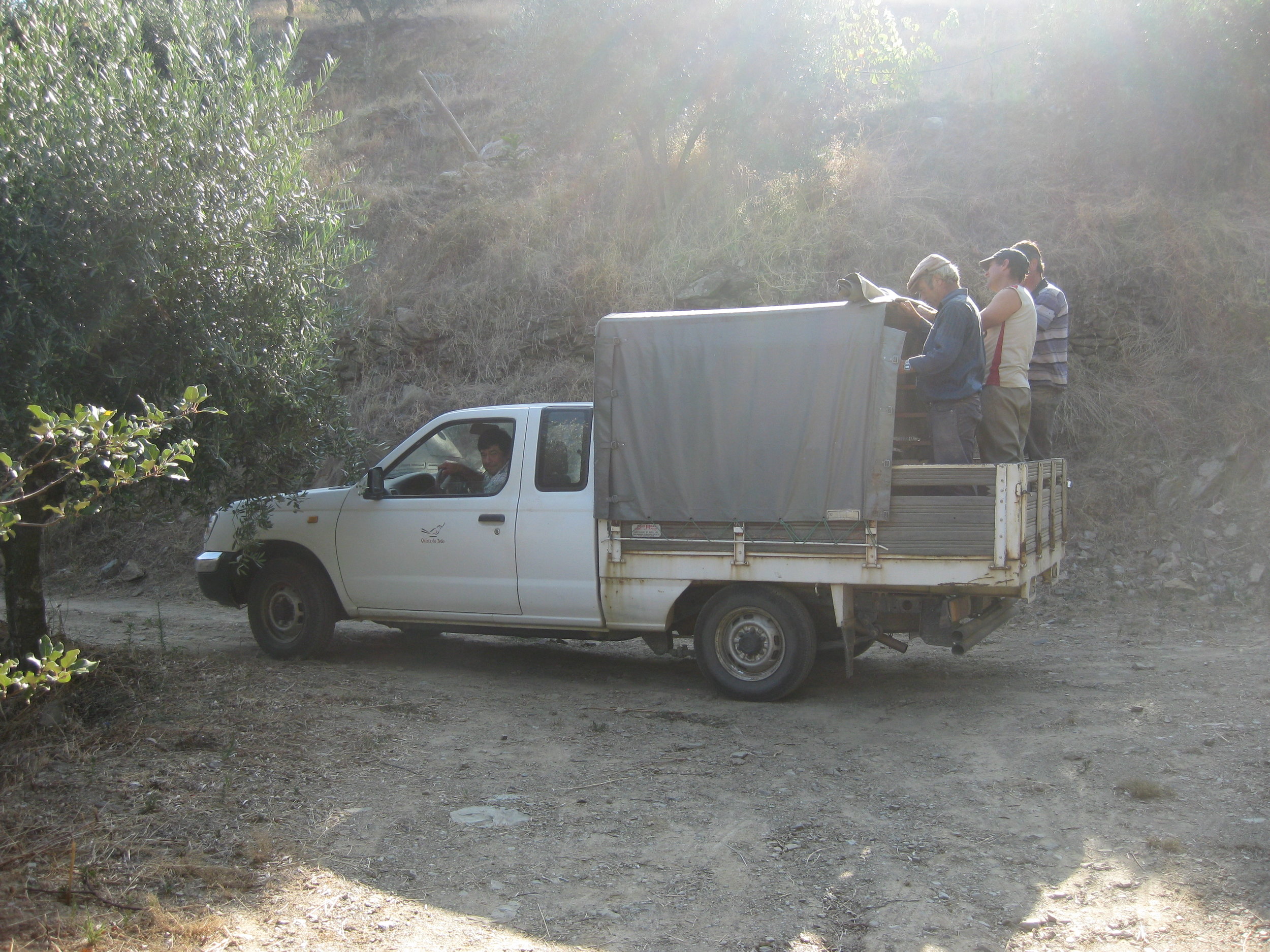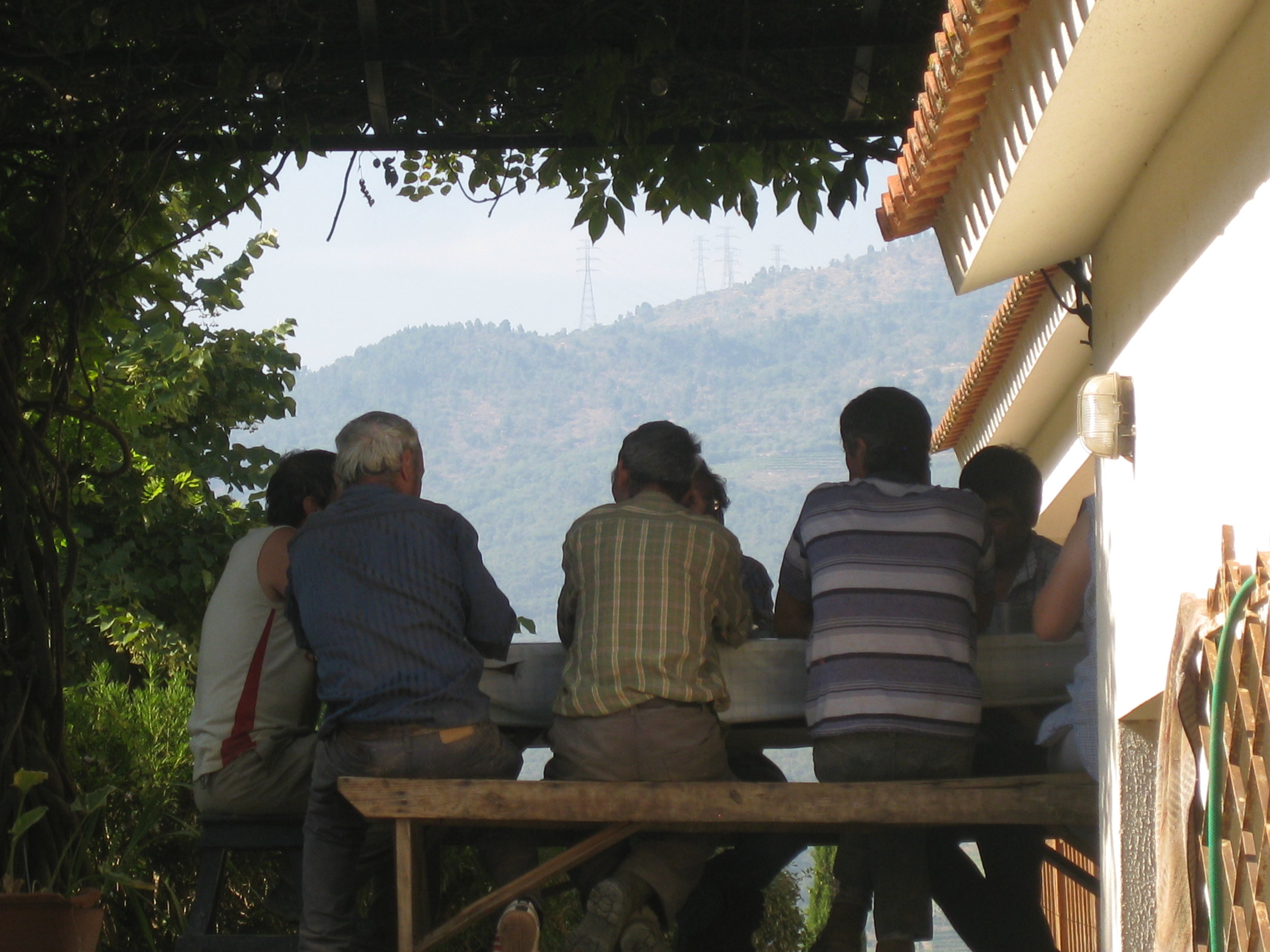Je suis une marcheuse, j'aime l'esthétique visuelle, explorer les choses simples et satisfaisantes. Et vous aussi ?
Nous travaillons sans relâche à Quinta do Tedo, et lorsque nous avons besoin de nous « détendre », notre endroit préféré, à environ une heure et demie de notre Quinta se trouve aux alentours de Foz, sur la côte atlantique, là où le Douro se jette dans l'océan.
Notre blog de ce mois-ci n'est pas centré sur le vin. Je sais que de nombreux visiteurs viennent à Quinta do Tedo en passant par Porto.
Le centre historique est charmant, bien que parfois trop mouvementé à mon goût. Venez à Foz, un quartier plus calme, idéal pour se promener le long des rues pavées pittoresques et sur le front de mer, pour observer les gens, pour déguster des fruits de mer, pour s'enrichir culturellement, et bien plus encore !
Images:
Musée Serralves - sculpture extérieure de Claes Oldenburg et Coosje Van Bruggen
Entrée de Duas Portas (le long de la ligne de tramway reliant Foz au centre historique de Porto)
Mon endroit préféré pour dormir à Foz est Duas Portas, une "deuxième maison" pour notre Famille Bouchard. Simple, bien aménagé, avec des lits confortables, d'excellents petits déjeuners et un vin d'honneur et un coin expresso dans le salon - ce B&B est calme et accueillant. Les hôtes, Luisa et Miguel, ainsi que le personnel, sont chaleureux, prêts à aider les clients, et des personnes extrêmement sympathiques.
L'arrière de l'hôtel est un parc avec des coins repos, le salon dispose d'une grande sélection de disques à écouter et de livres d'architecture pour vous inspirer (Luisa et ses parents sont des architectes locaux bien connus). L'ambiance est sobre et cool. Que vous faut-il de plus ?
Images:
Traversez la rue de Duas Portas et profitez de la promenade du Douro vers l'Atlantique
La rivière Douro borde le côté nord de Quinta do Tedo et rejoint l'Atlantique à 100 km à l'ouest, au phare de Foz
Arrêtez-vous pour un café en milieu de matinée ou un jus d'orange frais à Tavi à Foz. Choisissez parmi les délicieuses pâtisseries portugaises présentées à l'entrée et dégustez-les à une table surplombant l'Atlantique - oh lá lá !
Descendez sur la promenade côtière et admirez la beauté de l'Atlantique, de ses vagues déferlantes et de ses horizons sans fin. Des pistes cyclables bordent la promenade et vous pouvez vous joindre aux promeneurs, aux joggeurs et aux coureurs, aux familles de plusieurs générations qui marchent ensemble, aux randonneurs de Saint-Jacques-de-Compostelle, et aux skateboarders - un échantillon de l'humanité qui partage une appréciation commune de la côte et des plaisirs simples de la vie - le soleil, l'air salin et la promenade.
Continuez vers le nord et passez devant l'installation de la rotonde de Matosinhos, conçue par l'artiste new-yorkaise Janet Echelman en 2005. Initialement baptisée « she moves » par l'artiste, en raison de son balancement permanent au gré du vent, les Portugais l'ont rebaptisée « anémona », en raison de sa ressemblance avec l'ouverture et la fermeture d'une anémone. Cette sculpture rend hommage à Matosinhos, la terre des pêcheurs.
En parlant de pêcheurs, la visite de l'usine de sardines Conservas Pinhais à Matosinhos est à ne pas manquer. Enfilez une cape de protection (sans oublier de rire!) et suivez la visite interactive expliquant de A à Z le processus de mise en conserve des sardines. Au siècle dernier, Matosinhos comptait plus de 50 conserveries ; aujourd'hui, Pinhais est l'une des rares qui restent.
La visite commence par un film court et poignant sur l'industrie de la pêche au Portugal, ses défis et ses succès, suivi d'une visite des bureaux d'origine datant des années 1920, remplis de souvenirs historiques tels que des cartes d'exportation, des timbres de commande et des livres de comptes.
Visitez l'usine en action : les ouvriers préparent les boîtes avec des cornichons, des piments, de l'huile d'olive et d'autres ingrédients. Apprenez à emballer les boîtes dans du papier (toujours à la main) et, grand final, goûtez un assortiment de conserves ! Vous pouvez même y déjeuner.
Images:
Visite de Conservas Pinhais (photo prise à l'époque de COVID)
Sardines fraîches à conserver
Sardines enveloppées dans le papier jaune caractéristique Nuri
Ensuite visitez Casa de Arquitectura, une ancienne cave à vin qui est aujourd'hui un espace culturel avec des expositions et un caviste, Garage Wines. Retournez à pied, en taxi, en Uber ou en bus le long de la côte, ou...
Partez à la découverte du marché des petits producteurs de Matosinhos, allongez-vous avec un bon livre ou faites une siesta au Parque de Ciudade, ou prenez un apéritif à Junior (Matosinhos) ou Botella (Foz) puis dégustez des fruits de mer grillés au charbon à Tito 2 (plus traditionnel) ou 5 Oceanos (plus raffiné).
Profitez de votre exploration de Foz et, avant ou après, n'oubliez pas de suivre le Douro depuis l'Atlantique jusqu'à l'intérieur et de nous rendre visite à Quinta do Tedo.
~ Saúde, Kay
Adresses liées :


























